COS News
News

A new report from a group of Northeastern researchers explores across disciplines how biotech can ensure safe, sustainable life beyond Earth.
The key to international space cooperation is developments in biotechnology, Northeastern researchers say
News

The NeuroPRISM lab, led by assistant psychology professor Stephanie Noble, makes tools that pave the way for reliable and reproducible neuroimaging of the brain.
Precise maps of the brain’s deepest corners are made possible through tools developed by these Northeastern researchers
Showing 127 results in Research

AI could revolutionize drug discovery. But how can we regulate it?
In health care, AI is moving at warp speed, while regulations lag behind. Jared Auclair proposes a new regulatory framework that would keep AI innovation moving and get drugs to patients in need.
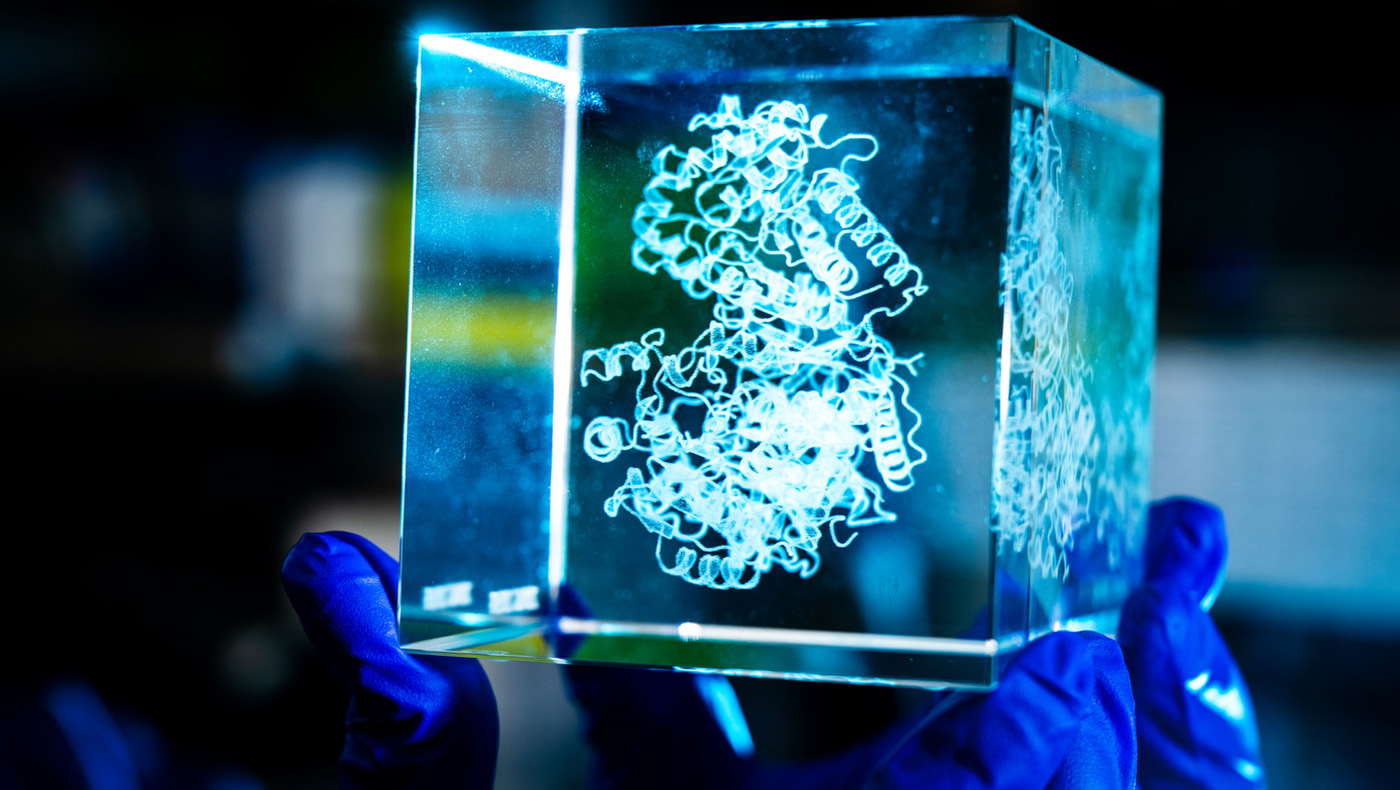
Researchers decode the chemistry behind a deadly genetic disorder
Professors Penny Beuning and Mary Jo Ondrechen used AI to predict which genetic mutations cause OTC deficiency, uncovering clues to guide future treatments.

Sociology, meet ecology: How the variability of coffee harvests can teach us about sustainable farming
New research from Gabriela Garcia and Laura Kuhl looks at farmers’ responses to variable crop yields to make better recommendations for resilient practices.

Cross-College Magnetics Center Hosts Second Workshop at Northeastern University
The second annual Cross-College Magnetics Center Workshop showcased cutting-edge research in magnetics while fostering crucial academic partnerships across continents.

Want to eradicate malaria-bearing mosquitoes? Try fungus, this researcher says
Binod Pant, a Northeastern postdoc, has created a mathematical model that demonstrates how a fungal solution could control malarial mosquito populations.

What if your Tamagotchi was alive and glowing? This toy prototype is full of bacteria
Northeastern students designed SquidKid, a toy where keeping bioluminescent bacteria alive and glowing is the name of the game. The playful design landed a finalist spot at the international Biodesign Challenge.
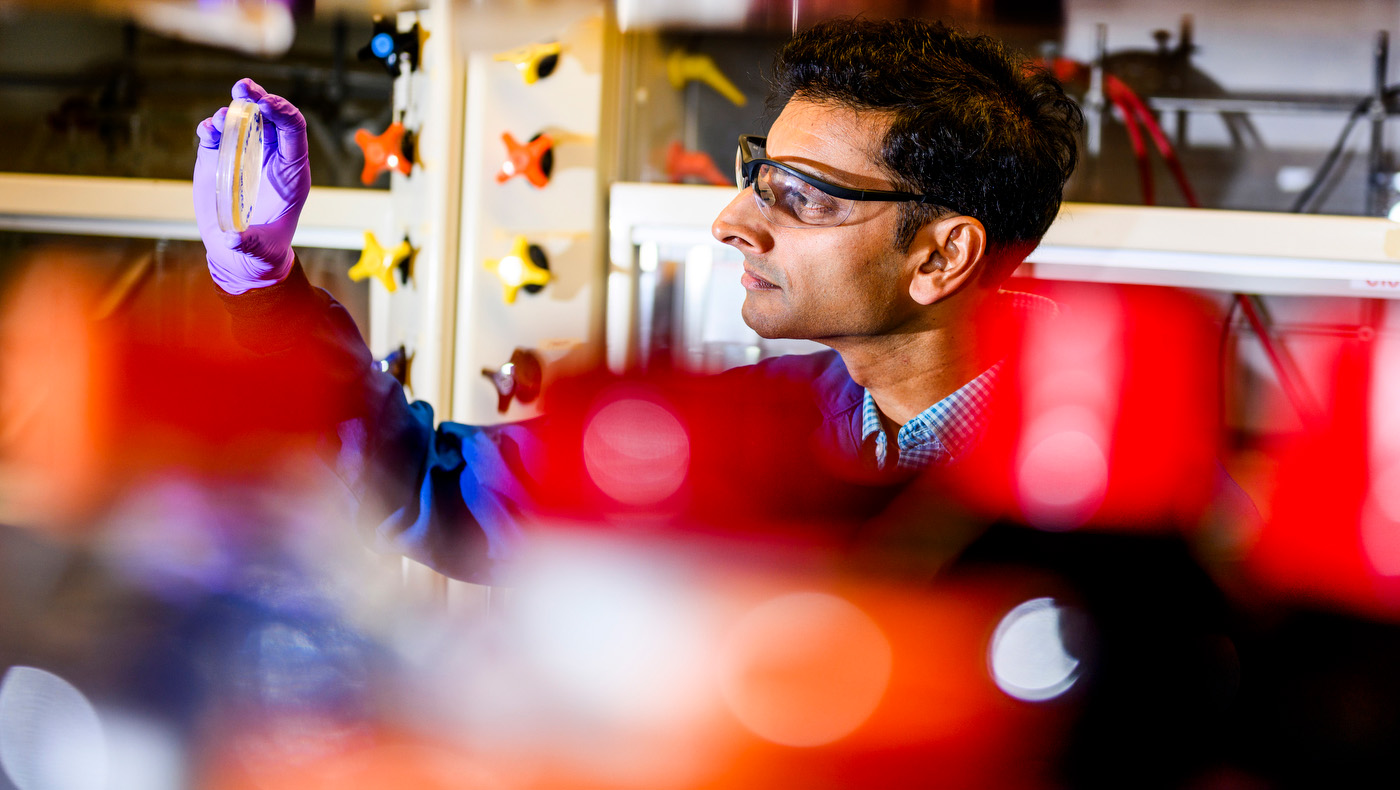
Want to build like biology? These researchers are bridging proteins between bacteria
Researchers Neel Joshi and Rong Chang have discovered a way to engineer E. coli cells to grow into new structures through direct, cell-to-cell contact.
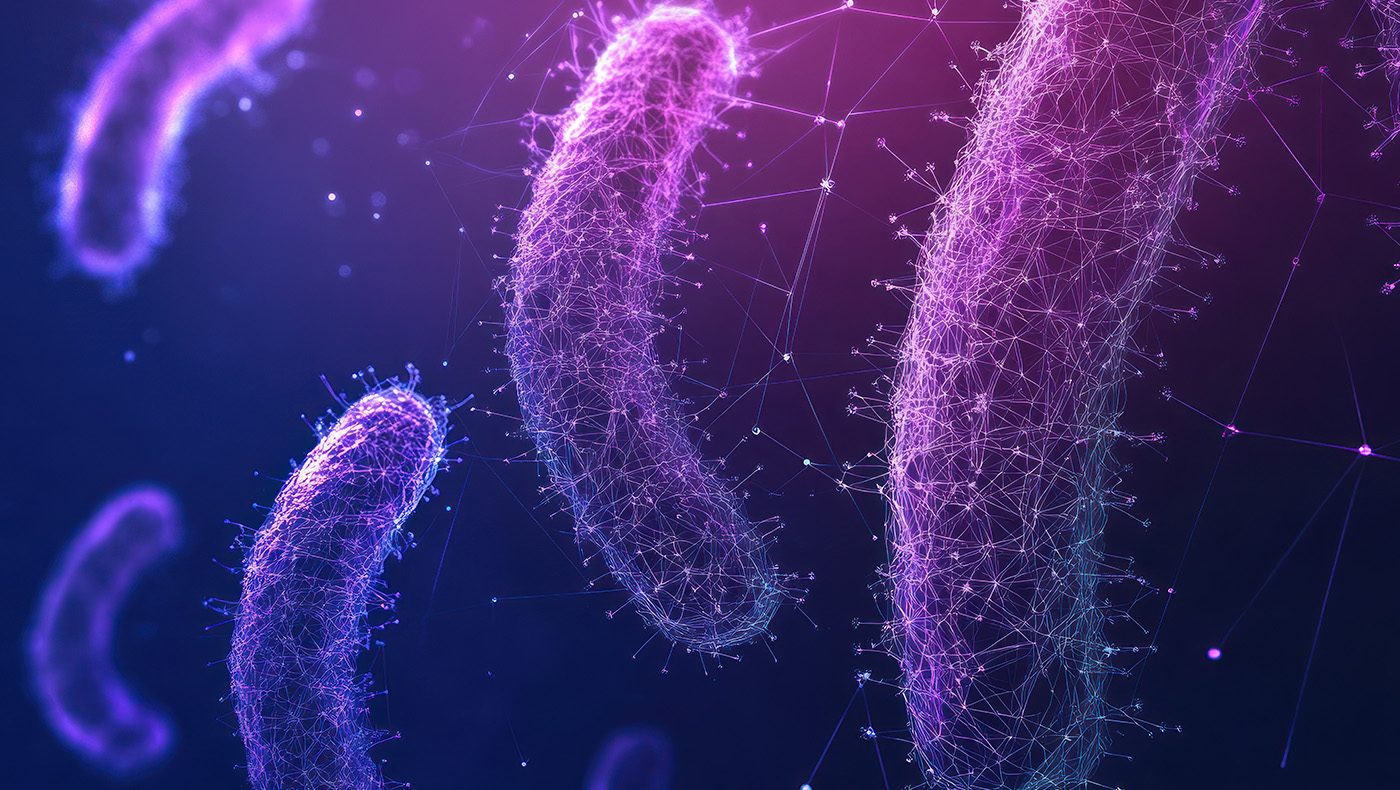
Designing the Future of Antibiotics with Generative AI: A Conversation with Wengong Jin
Assistant Professor and Barnett Institute Faculty Fellow Wengong Jin shares insight into his work on using generative AI to design Novel Antibiotics.
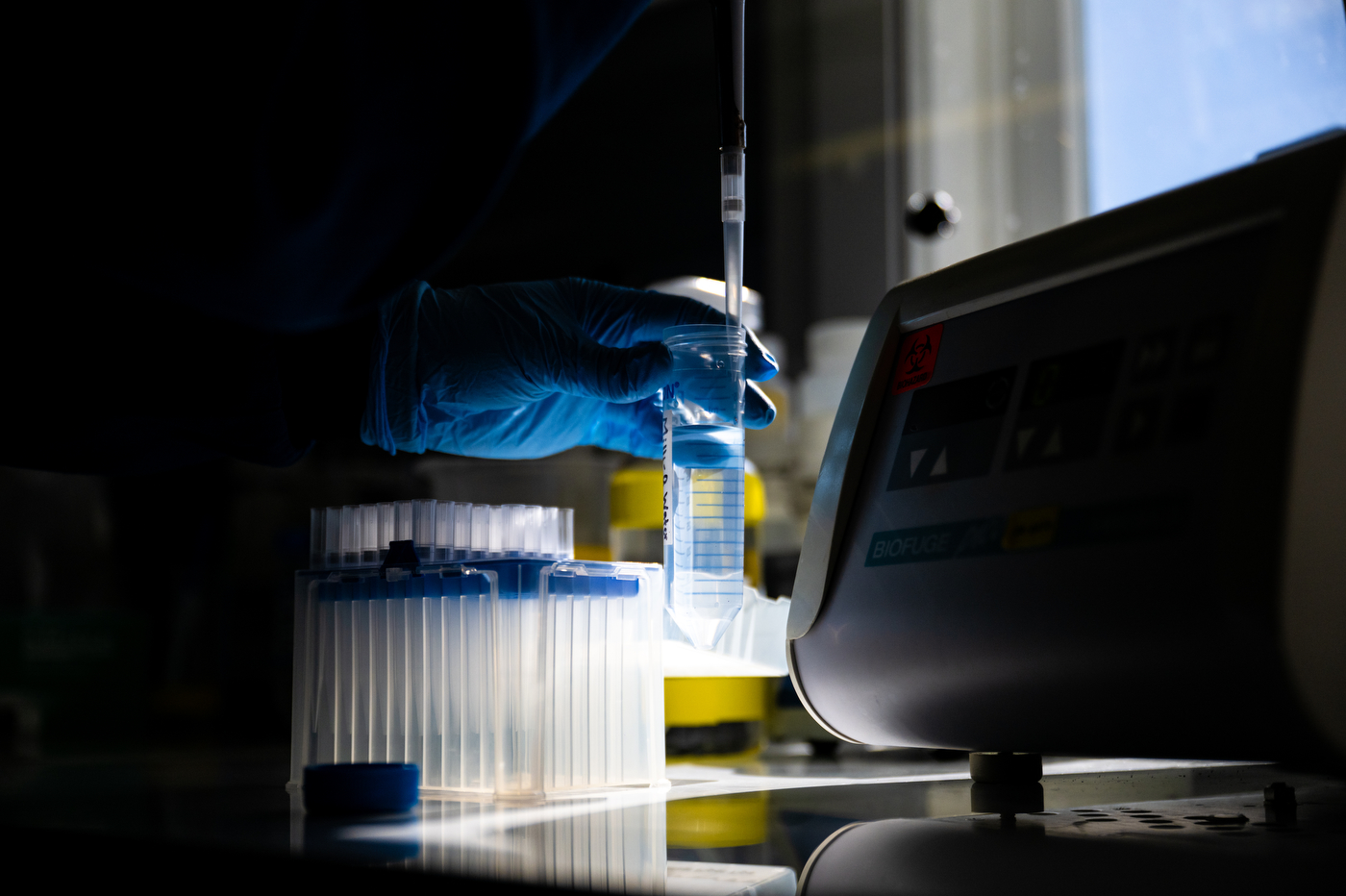
Preserving biological specimens for DNA analysis just got easier
How a Northeastern professor and undergraduate students discovered a safe, inexpensive method to preserve DNA in the lab

The Antarctic Ocean of the last ice age has stories to tell about a warming planet
New research describes how a critical process of carbon dioxide storage in the Southern Ocean slowed during the last deglaciation, and how it could be happening again.

Next gen scanner could unlock new treatments for brain injuries
The Center for Translational Neuroimaging recently obtained a Mediso nanoScan 7T PET/MRI scanner, the first of its kind in the United States.
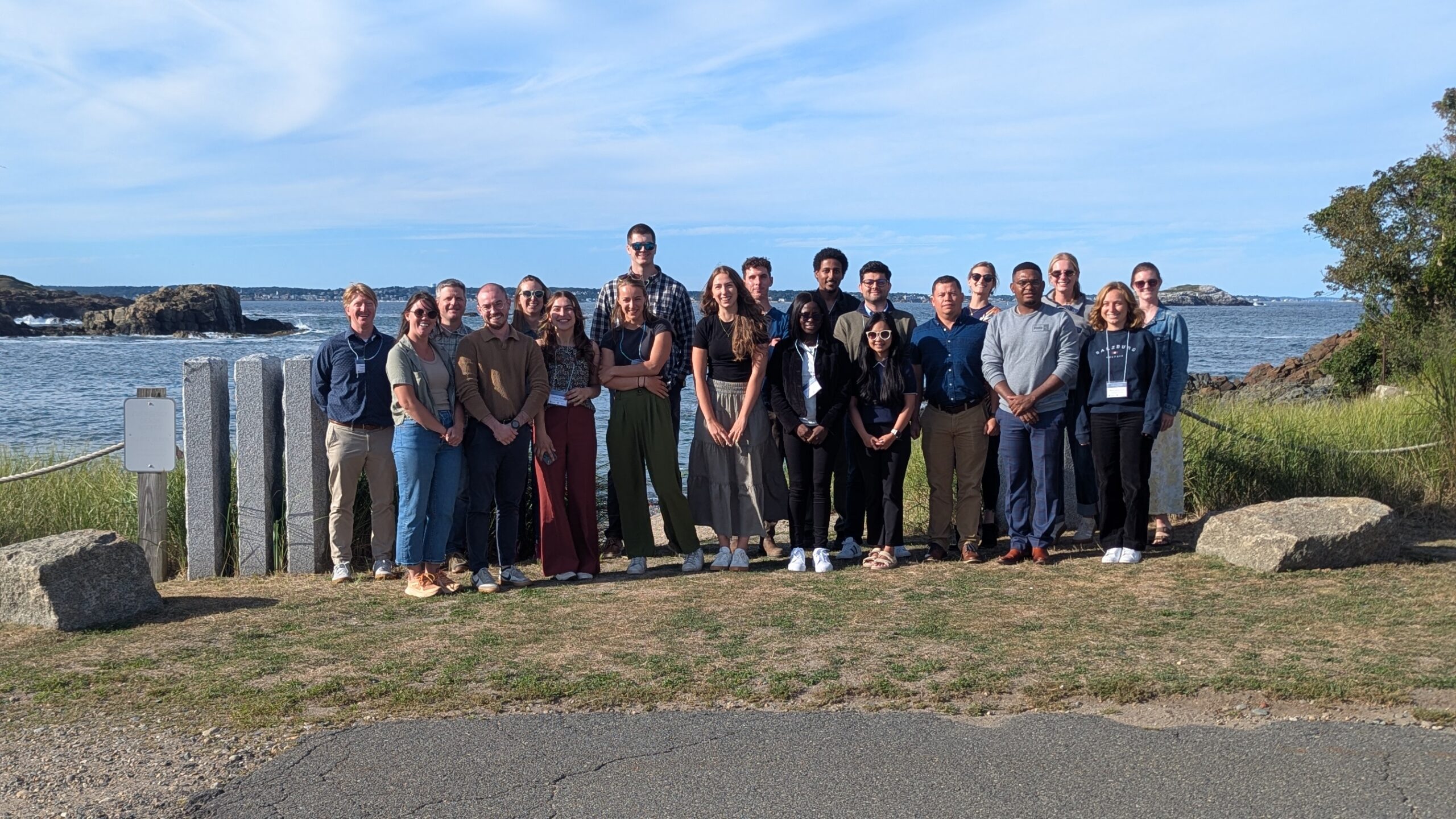
Scientists explore stakeholder-informed spatial modeling for hydrologic sciences
MES researchers convened an NSF-supported workshop exploring the role of stakeholders in hydrological studies and futures